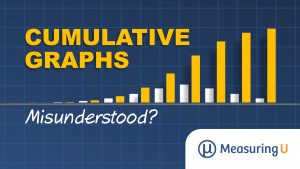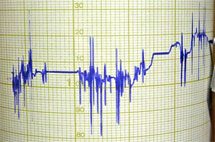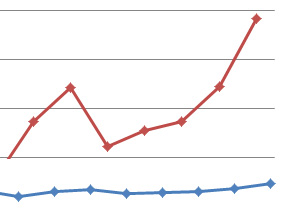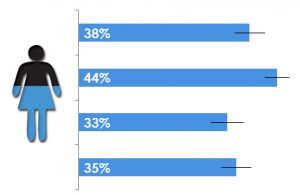
Are Cumulative Graphs Misunderstood?
Important decisions should be informed by data. And one of the most common ways of displaying data is by using graphs to better visualize relationships. Graphs can be powerful tools to compactly illustrate patterns. But the type of graph and the visual elements selected can lead to (usually) unintentional misinterpretation. For example, we have written






